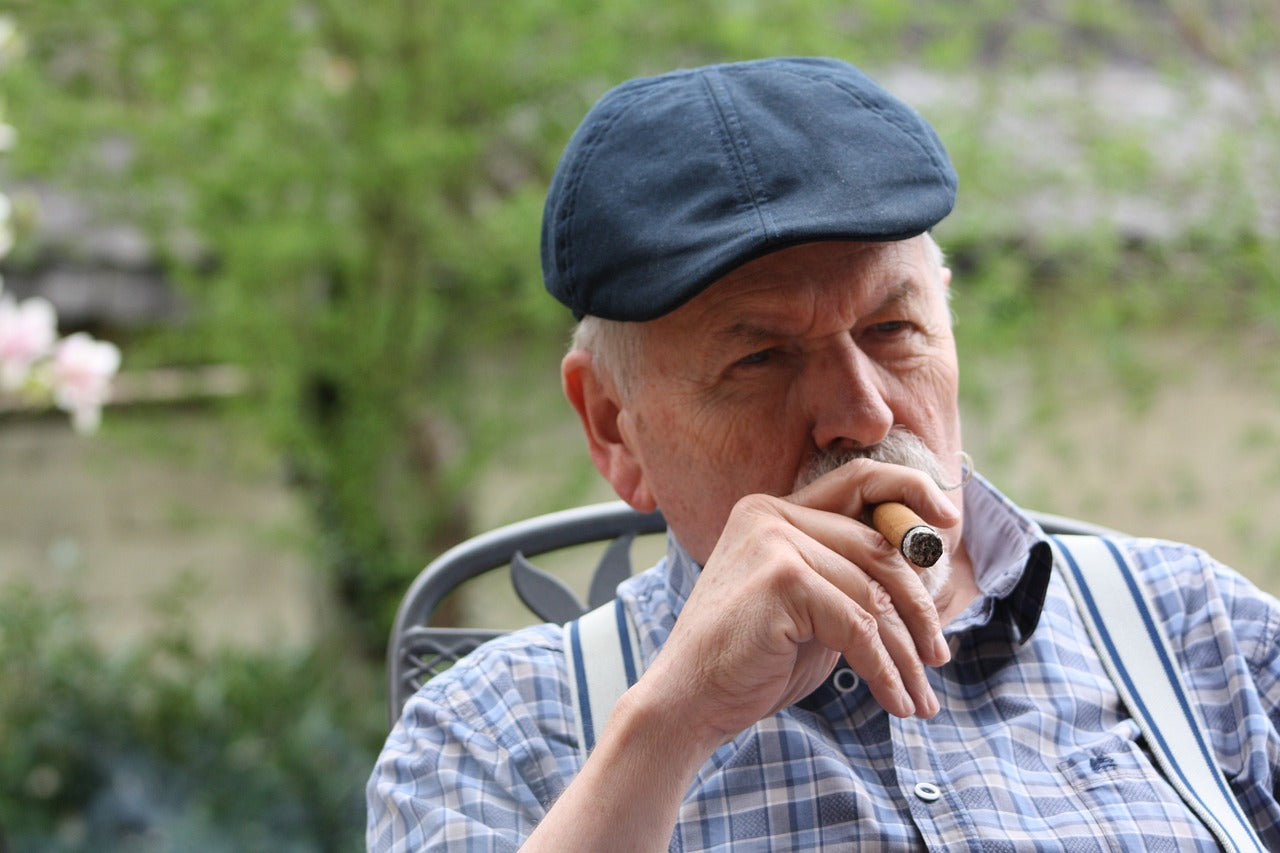Light Is the Brain’s Information Flow
Light directly impacts your attention, memory, and thinking skills. Ever felt like your brain was sluggish while working or reading in a dimly lit room? But in a bright space, your thoughts seem clearer, and you get more done?
That’s because bright light helps your brain process information faster and more efficiently. Dim lighting, on the other hand, slows your brain down and lowers its activity.
Light and Your Body Clock
Light is like the conductor of your body clock, or circadian rhythm. For older adults, this is even more important.
Dim lighting during the day makes your brain think it’s nighttime, making you feel sleepy. And if the lighting isn’t bright enough at night, it can disrupt your sleep. Over time, this can throw your body out of sync and harm your brain’s function.
Light and Mood
Dim spaces can be depressing. Studies show that poor lighting increases feelings of sadness and even clinical depression, both of which are linked to a higher risk of dementia. One study found that people living in low-light environments had worse depressive symptoms and faster cognitive decline.
Safety Risks: Dim Lighting Can Cause Falls
Dim lighting isn’t just bad for your brain—it’s also a safety hazard. Poorly lit areas like staircases, kitchens, or bathrooms are more likely to cause trips and falls. For older adults, a fall can lead to head injuries, which are a well-known risk factor for dementia.





